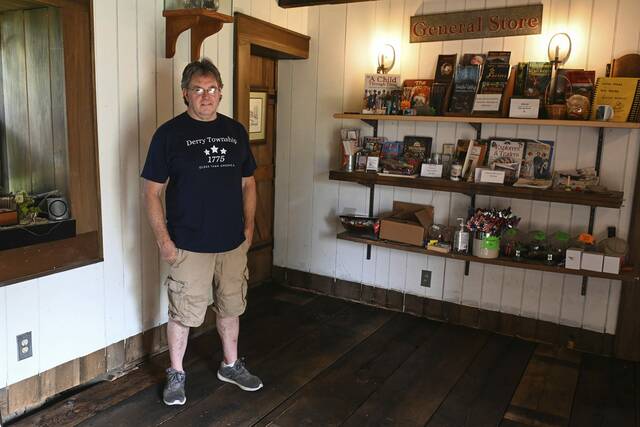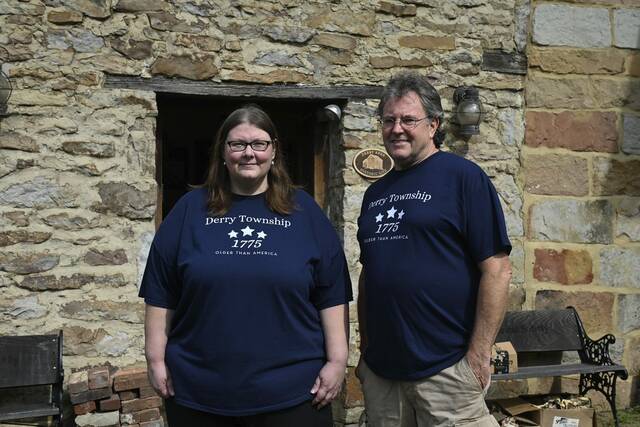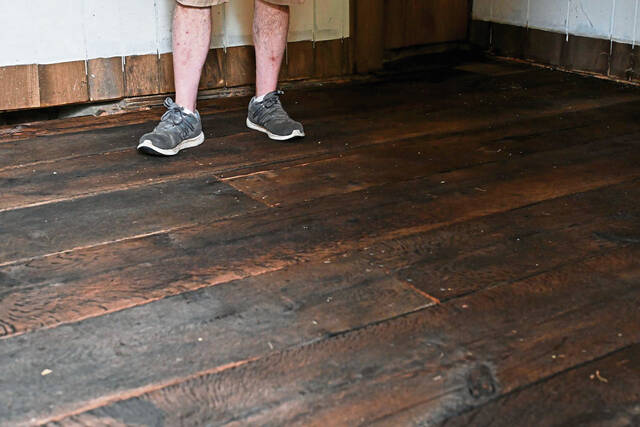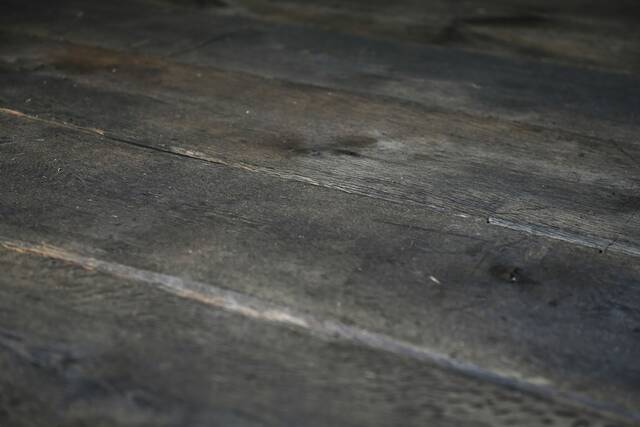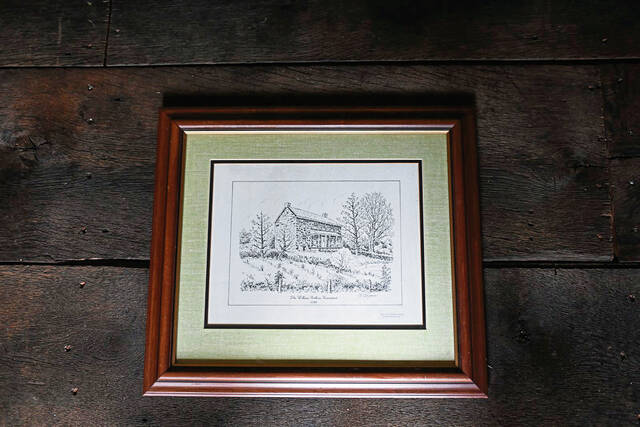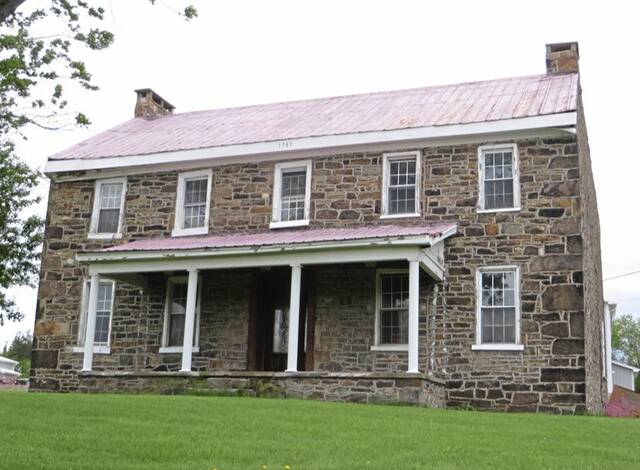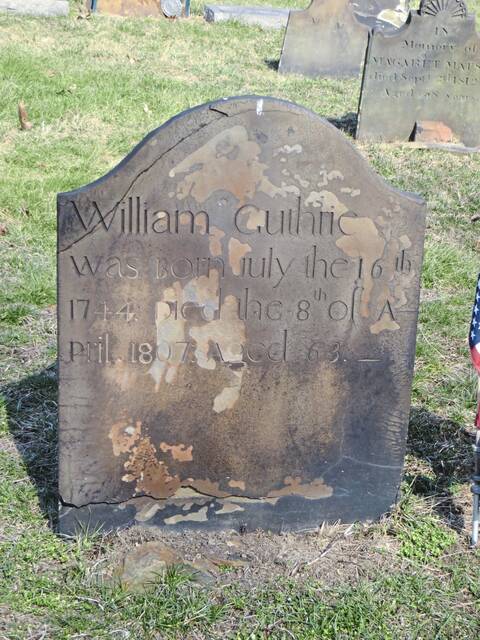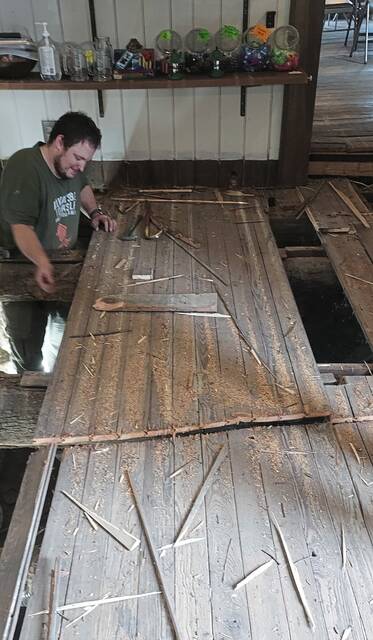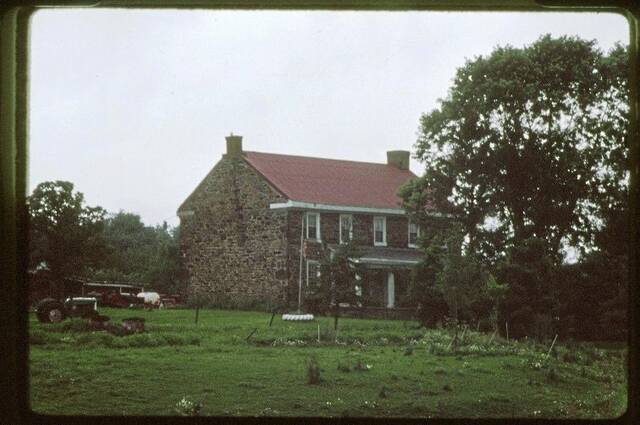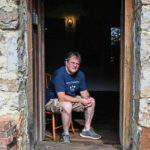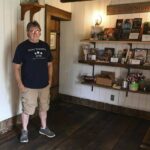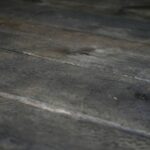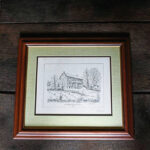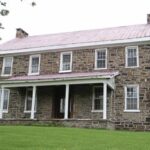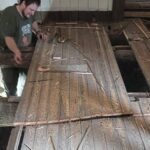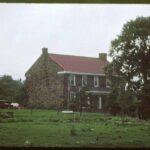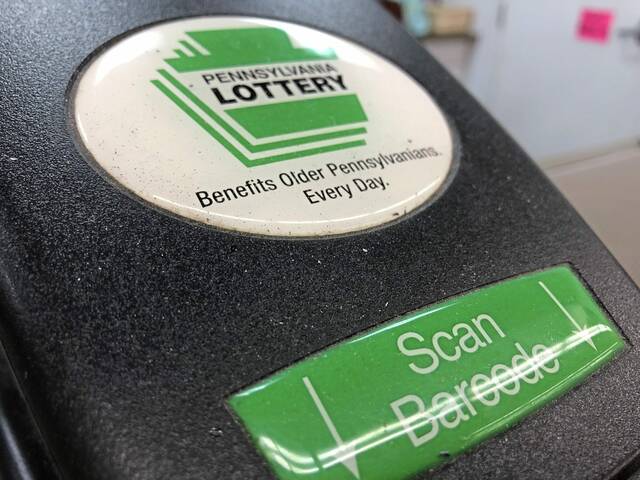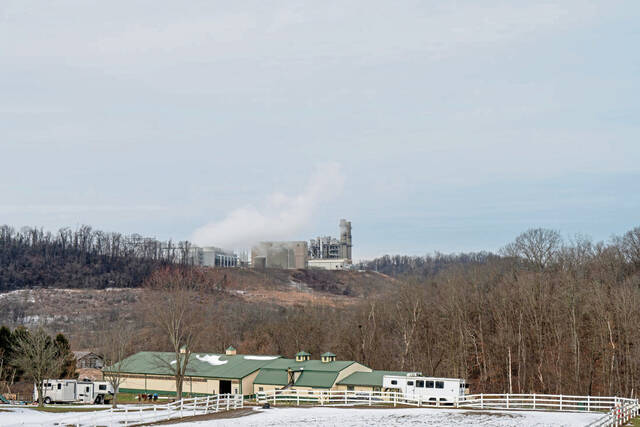Visitors who step inside Derry Township’s restored 1817 Fulton House will be walking on a piece of history that is old, but also new.
When the floor of the former inn’s rear room started to deteriorate, the Derry Area Historical Society that is headquartered there was able to replace it with a surface of even older history.
Society member Bill Snyder and other volunteers recently replaced the flooring in the New Derry landmark with boards of chestnut and oak salvaged from the 1789 home of William Guthrie that once stood less than a mile away.
An immigrant from Ireland and a Revolutionary War veteran, Guthrie was one of the original settlers in the township, which is celebrating its 250th anniversary on Saturday.
“It was one of the older stone buildings in Derry Township,” Snyder said of the Guthrie house.
The salvaged flooring, he said, consists of “very rare, wide boards. They’re mostly American chestnut; the oak ones are more heavy.”
While a local nonprofit — Friends of Latrobe, Ligonier, Derry — helped cover related costs, the flooring itself was donated by Dave McMahan of New Alexandria, who operates McMahan Construction.
McMahan, a stonemason who has helped with previous work on outbuildings at the Fulton House, dismantled the Guthrie dwelling several years ago after it had become vacant and fell into disrepair.
“I was interested in the wood and the stone,” he said.
“Some of it was 14 or 15 inches wide and 25 or 30 feet long,” McMahan said of the floor boards. “It had to have come from some old trees. It looked like a lot of it was milled by hand.”
The flooring that remained in the best condition, he said, came from an upper story in an area where the roof hadn’t leaked.
McMahan said he decided to donate the Guthrie flooring to the historical society when he realized he likely wouldn’t get around to using the wood for his own projects.
“I thought it kind of went with the Fulton House, which is right down the road,” he said.
Marjorie Ziegler, a 1958 graduate of Derry Area High School who lives in New York state, recalled exploring the Guthrie house as a girl while staying there with a schoolmate and family friend in the late 1940s.
Located near the intersection of Malone and Pandora roads, at the time it was part of the Malone family dairy farm.
“It was a very elegant house,” Ziegler said. “It was built out of beautiful Pennsylvania sandstone and it had a huge porch across its whole front.
“It had old wavy glass in the windows, and the window sills were about a foot wide because the walls were so thick.”
While the home lacked central heating or modern plumbing, she said, “It had a fireplace in every room. They had a little pump in the kitchen to get water, and an outhouse, of course.”
In one of the second-floor bedrooms, she said, there was a secret passage to a space where the early residents might have hid from any frontier threats.
“You would go into a deep closet, and there was a hidden door which led to the attic,” she said.
In addition to developing farms, Derry Township’s first settlers created several small log forts to provide defense against attacks from Native American groups who opposed them moving onto the land west of the Chestnut Ridge.
With the help of Eagle Scout Ean Lamolinara, the historical society has documented and marked some of the fort sites — including Fort Wallace, near Route 217 and Pizza Barn Road, and Fort Pomeroy, along Bergman Road.
According to a 1952 history of the township compiled by the Derry Township High School History Club, the area saw its first settlers of European descent as early as 1762. One of the first was John Pomeroy, a farmer of Scots-Irish descent who moved west from Pennsylvania’s Cumberland Valley.
Others who followed included James Wilson, James and Alexander Barr and Richard Wallace — whose names, like Pomeroy’s, became associated with the local forts.
In 1769, William Guthry — who, under a variant spelling is believed to be part of the family that built the Guthrie house — took possession of 350 acres of land in the township.
His son, Joseph, is credited with laying out the town of New Derry in 1815, naming it in honor of the family’s ancestral Irish homeland.
Two years later, Robert Fulton paid $25 for a lot on New Derry’s West Pittsburgh Street, where his family operated the inn now home to the local historical society.
According to an article from the archives of the Westmoreland Historical Society, Robert Fulton sold the property in 1821 to James Fulton Jr., who operated it as an inn for about 20 years. It became an important stop for animal drovers and other travelers between Harrisburg and Pittsburgh.
Converted to a private residence in 1855, it was much changed over the years before the historical society acquired it in 1997 and dedicated the restored log structure two years later.
When Pittsburgher Christine Fulton visited the Fulton House last fall, it sparked her interest in exploring her family’s Derry Township roots.
“It’s really wonderful that they’ve preserved that history,” she said of the historical society. “It gave me the impetus to do a little more digging and piecing things together so I could better understand my heritage.”
Unearthing the 1940 volume “The Fulton Family of Westmoreland County, Pennsylvania” by Ernest Craighead, she calculated that she is separated by six generations from the early Fulton House innkeepers.
She learned that the Fultons, like the Guthries, came to America from Ireland.
According to her research, “Robert, James and Henry Fulton were all soldiers of the Revolution and rangers on the frontier from 1778 to 1783.”
She said, “I would like to explore a little more in Westmoreland County, where they lived and some of the details of their lives. It was at the time when America was really starting to push west.
“It really is a puzzle, but it’s fun.”



